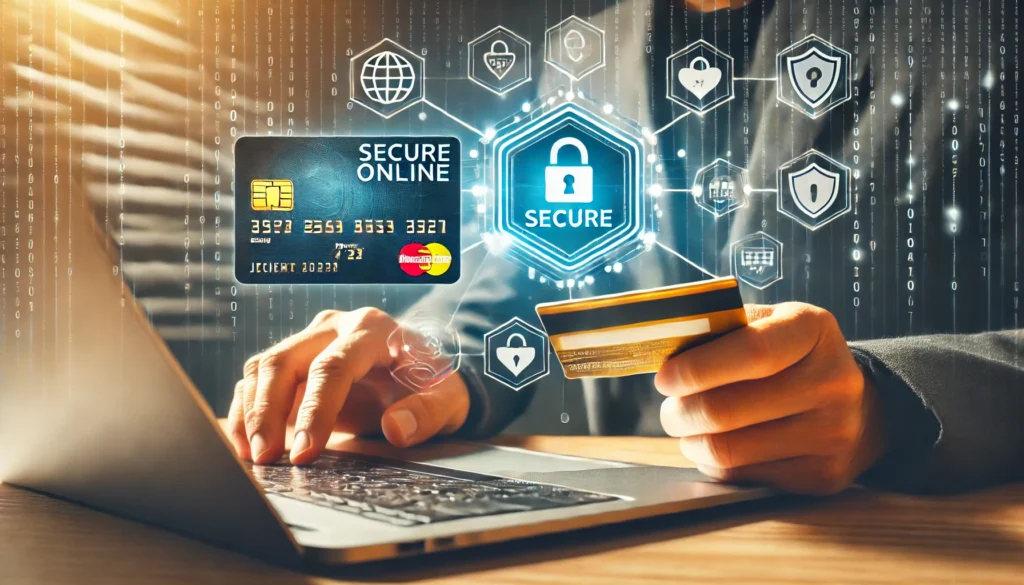In today’s connected world, online privacy is an important concern for individuals everywhere. As we increasingly rely on the internet for daily activities like banking, shopping, and social networking, it’s crucial to know how to protect your online privacy. The Pakistan Telecommunication Authority (PTA) offers valuable guidelines to help people stay safe in the digital realm. These practical steps are designed to assist anyone who wants to enhance their security and safeguard their personal information from online threats. Let’s explore PTA’s recommended practices to learn how to protect your online privacy effectively.
1. Understanding the Importance of Online Privacy
Online privacy is about controlling who has access to your personal information, what they do with it, and preventing unauthorized access. With social media platforms, e-commerce sites, and digital apps collecting massive amounts of user data, knowing how to protect your online privacy is more important than ever. In this post, we’ll look at PTA’s guidelines and share tips to help you stay secure online.

2. PTA Guidelines on Data Privacy and Security
The PTA has recognized the growing need for privacy protection and has outlined guidelines to help you take charge of your data. By following these tips, you can learn how to protect your online privacy and avoid common risks:
- Limit Personal Information Online: Only provide necessary information when using online services. Avoid oversharing on social media.
- Use Strong, Unique Passwords: Strong passwords are the first line of defense against unauthorized access. PTA advises using unique passwords for each account.
- Enable Two-Factor Authentication (2FA): Adding an extra verification step makes it harder for hackers to access your accounts.
3. Protect Your Devices with Security Software
One of the most practical steps in knowing how to protect your online privacy is to install reliable security software on your devices. PTA recommends using reputable antivirus and anti-malware software. This is essential to protect against viruses, phishing attacks, and spyware.
Regular updates are also important, as they protect you from newly discovered vulnerabilities. Set your device to update automatically so that you always have the latest security patches.
4. Be Aware of Phishing Scams
Phishing scams are one of the most common online threats. PTA advises users to be vigilant about unexpected emails or messages that ask for sensitive information. Phishing often involves fake emails that look like they’re from legitimate sources, tricking users into sharing passwords or credit card numbers. Learning how to identify phishing attempts is a critical part of knowing how to protect your online privacy.
Here are a few ways to spot phishing:
- Look for spelling errors in email addresses.
- Avoid clicking on suspicious links.
- Verify the sender before sharing any information.
5. Manage Privacy Settings on Social Media
Many of us use social media to connect with friends and family, but it’s important to adjust privacy settings. Social media platforms often collect extensive user data, so understanding how to protect your online privacy through settings is essential. PTA advises adjusting your account settings to control who can view your posts, photos, and personal information.
To do this:
- Limit the audience for each post.
- Review permissions for apps connected to your account.
- Turn off location-sharing features when unnecessary.

6. Use Secure Networks
Using a secure, encrypted network is one of the most important ways to protect your online privacy. Public Wi-Fi networks are often unsecured, making it easier for hackers to access your data. PTA recommends using VPNs (Virtual Private Networks) to add a layer of security when browsing on public networks. VPNs encrypt your internet connection, making it harder for others to view your online activity.
7. Keep Your Software Updated
An easy yet often-overlooked aspect of knowing how to protect your online privacy is keeping your software updated. PTA advises all users to keep both their operating systems and applications up to date. Updates often include critical security improvements to defend against the latest threats.
Here are some steps you can take:
- Enable automatic updates on all devices.
- Regularly check for updates on applications.
- Remove outdated software that is no longer supported.
8. Use Encrypted Messaging Apps
For private communications, encrypted messaging apps are a safe choice. Apps like Signal, WhatsApp, and Telegram offer end-to-end encryption, ensuring that only you and the recipient can read the messages. According to PTA guidelines, using encrypted platforms is an effective way to protect personal conversations from being intercepted.
9. Be Cautious with Online Shopping
Online shopping is convenient but can expose your data to risks. The PTA suggests using secure payment methods and only shopping on reputable websites. Knowing how to protect your online privacy while shopping online can prevent credit card fraud and identity theft.
Here’s how you can stay safe:
- Use credit cards or secure payment platforms like PayPal.
- Avoid entering payment information on unfamiliar websites.
- Look for “https” in the URL, indicating a secure connection.
10. Monitor Your Online Accounts Regularly
Monitoring your accounts regularly helps you stay on top of any suspicious activity. If you detect any unusual activity, report it immediately to the service provider. PTA recommends setting up alerts for logins and transactions, so you’re aware of any unauthorized access.
Regularly checking your bank and social media accounts can help you identify and respond to threats early.
Wrapping Up: Take Charge of Your Online Privacy
With the increasing threats to digital privacy, knowing how to protect your online privacy is essential for everyone. By following these PTA guidelines, you can make simple adjustments to your online habits that significantly reduce your risk of exposure to online threats. Remember that staying informed and cautious is key to safeguarding your personal information in the digital age. The PTA guidelines serve as a solid foundation for anyone looking to take control of their online privacy. Protecting your online privacy requires a proactive approach, so make it a priority to review your digital security practices regularly.


Pingback: google wallet complete Guide - aitrendblend.com